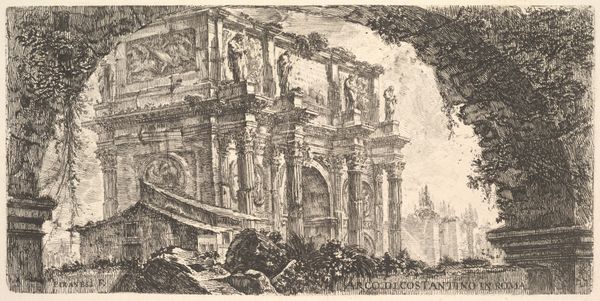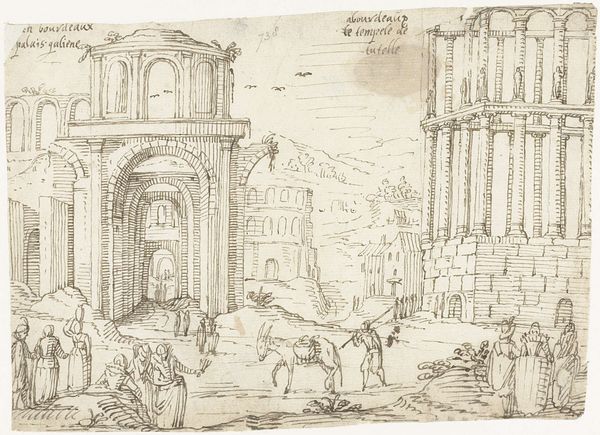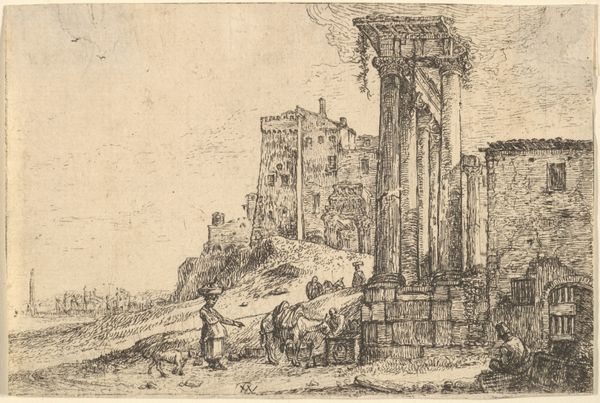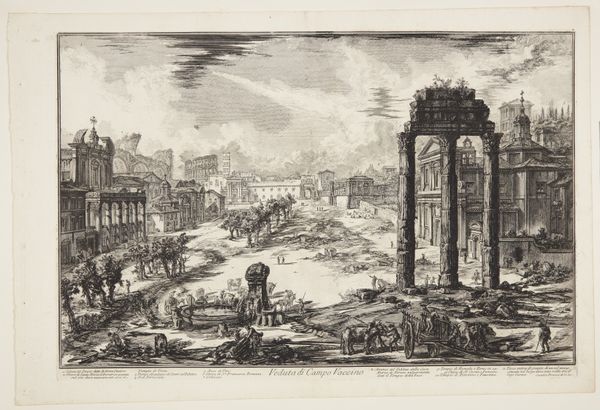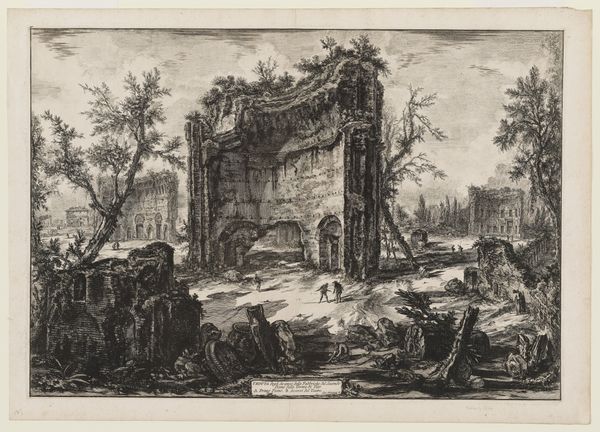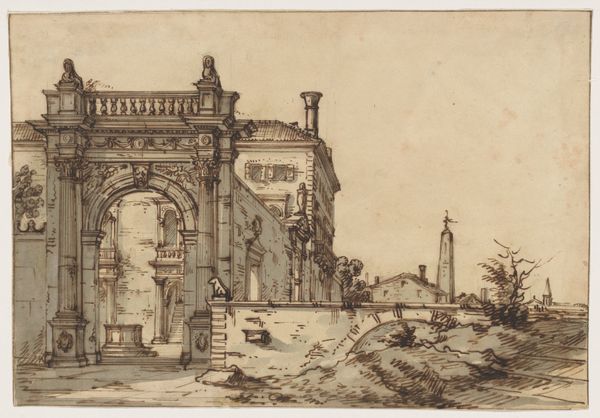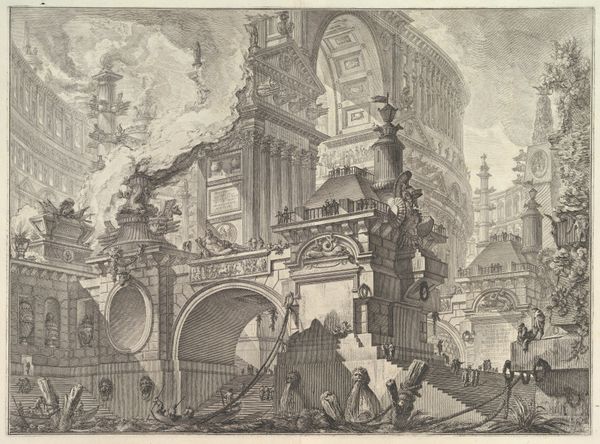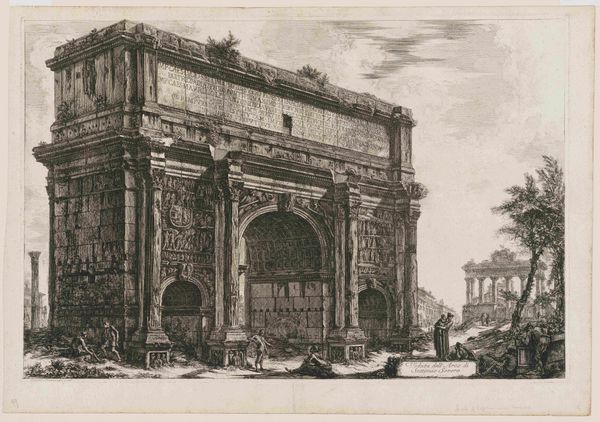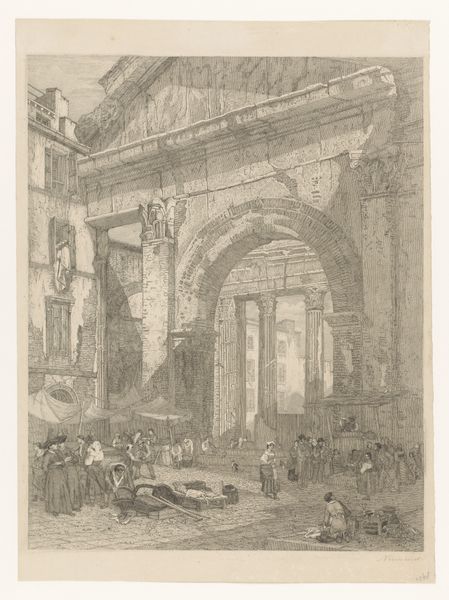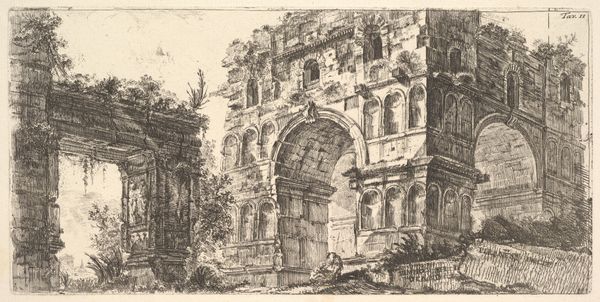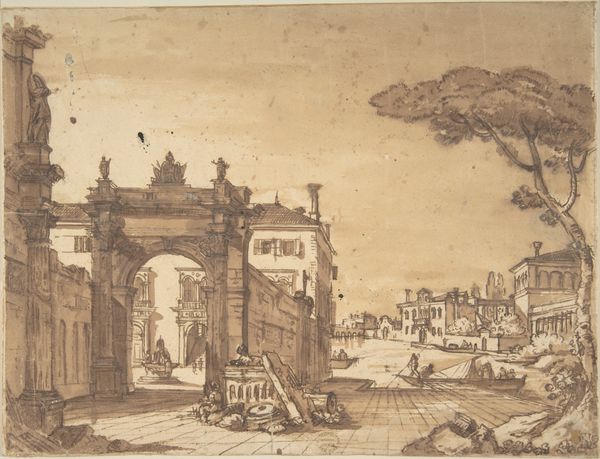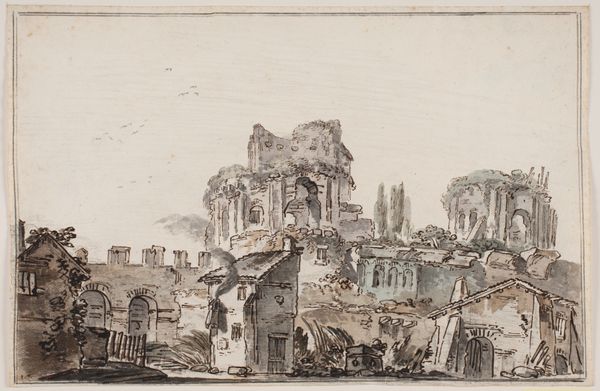
Plate 28: Arch of Trajan in Ancona (Arco di Trajano in Ancona) 1743 - 1753
0:00
0:00
drawing, print, etching
#
drawing
# print
#
etching
#
landscape
#
ancient-mediterranean
#
arch
#
cityscape
Dimensions: Plate: 5 9/16 × 10 7/8 in. (14.1 × 27.6 cm) Sheet: 13 × 19 in. (33 × 48.3 cm)
Copyright: Public Domain
Editor: This etching, “Plate 28: Arch of Trajan in Ancona,” by Giovanni Battista Piranesi, feels so monumental. The arch is imposing, but the figures around it seem so small, like ants. What's going on here? Curator: Look closer. The arch is indeed grand, a symbol of Roman power and engineering. It's bathed in sunlight, an emblem of triumph, a doorway to prosperity. But do you notice the dark, almost chaotic shadows creeping around the base? Editor: Now that you mention it, yes. It’s like nature is trying to reclaim the structure, maybe? Curator: Exactly. Piranesi shows us the inevitable passage of time, the entropy that gnaws at even the mightiest of empires. The ships nearby – what do they tell you? Editor: Commerce? Connection? But maybe also, departure and change? Curator: Indeed! This work operates as a meditation, even an omen. Trajan's Arch once represented Roman reach and imperial glory; but consider its location in Ancona. Piranesi subtly asks: How are these emblems of triumph remembered? Are they still relevant in a changed world? Editor: So, it’s not just a picture of an arch; it's a commentary on the rise and fall of civilizations? Curator: Precisely! Through carefully rendered details, he reveals how cultural memory clings to physical forms, even as the original context fades. We remember the power, but do we feel it? Do we see its future fate in the present? Editor: I never would have noticed all that without your insights. Thanks for helping me to unlock its hidden symbolism. Curator: And thank you for your willingness to delve deeper. Art like this thrives on multiple readings, constantly changing and echoing across time.
Comments
No comments
Be the first to comment and join the conversation on the ultimate creative platform.
